The Mumbai Metropolitan Region (MMR) will undergo a revision in Ready Reckoner (RR) rates for the financial year 2025-26, with an increase ranging from 5% to 10%. The revision, effective from April 1, was confirmed by Inspector General of Registration (IGR) Ravindra Binwade. This adjustment is expected to impact homebuyers and developers, influencing residential, commercial, and retail property prices. The increase in RR rates is expected to influence property valuations, affecting both new and resale transactions.
Effect on Homebuyers and Developers
The revision in RR rates will affect property transactions as these rates serve as the government-determined benchmark for property valuations in stamp duty and registration fee calculations. Homebuyers may face increased costs due to higher stamp duty, making property purchases more expensive. Developers anticipate a slowdown in sales, as passing on the increased cost to buyers could affect affordability and demand.
For homebuyers, an increase in RR rates means a direct rise in the minimum price at which properties can be registered. This, in turn, results in higher stamp duty payments, which are calculated as a percentage of the RR value or the actual transaction value, whichever is higher. Buyers who had been considering property purchases may need to reassess their budgets. Some may rush to complete transactions before April 1 to avoid the additional cost, while others might delay purchases in anticipation of possible market adjustments.
Market Conditions and Developer Concerns
Real estate experts indicate that the market is already under pressure due to a slowdown in the stock market, and the increase in RR rates could add to the strain. Developers with large unsold inventories may find it difficult to adjust, as the market downturn since early 2024-25 limits their ability to pass on rising costs without affecting demand. While some may initially absorb these expenses, real estate experts note that they will eventually need to transfer them to buyers, influencing overall pricing trends and sales momentum.
Redevelopment projects could face additional hurdles, as higher RR rates increase land acquisition costs and impact project feasibility. Affordable housing developments may also require reassessment, as elevated valuations could affect pricing and housing supply. These factors combined could lead to slower project launches and a more cautious approach from both developers and buyers.
High-Value Zones Affected
The revised RR rates will apply across high-value and high-transaction-volume zones in MMR. Areas impacted include Borivali, Kandivali, Malad, Goregaon, Mulund, Bandra, Juhu, Walkeshwar, Napean Sea Road, Worli, Prabhadevi, Mahalaxmi, Ghatkopar, Powai, Navi Mumbai, and Thane. These locations, known for significant real estate activity, will see changes in transaction values, affecting overall market sentiment.
Localities with consistent property demand and premium pricing will witness the highest RR rate revisions. The increase may particularly affect luxury housing markets, where stamp duty costs are already high due to the substantial transaction values. Commercial property rates in key business districts may also see upward movement, affecting leasing and investment decisions for businesses.
Government Revenue and Future Targets
The Maharashtra government last revised RR rates three years ago. Despite the unchanged rates, the government achieved its revenue target of ₹55,000 crore for 2024-25, surpassing it by collecting ₹55,102 crore through stamp duty registrations. With the revised rates, the revenue target for 2025-26 has been set at ₹60,000 crore. Authorities expect the new RR rates to contribute to meeting or exceeding this target.
The increase in RR rates plays a role in boosting revenue for the state, but it also places an additional financial burden on property buyers. The government’s move to reassess RR rates is linked to market evaluations and past revenue trends, ensuring that property transactions reflect the evolving real estate landscape.
The rise in RR rates is likely to reshape buying and selling patterns in Mumbai’s real estate market. Buyers may become more selective in choosing properties, while developers might explore new pricing strategies to attract demand. The resale market may also see adjustments, as sellers recalibrate asking prices based on the revised valuation benchmarks. The RR rate hike will influence property transactions, government revenue, and investor sentiment. Stakeholders across the sector will need to assess their financial planning and investment strategies in response to the new valuation framework.

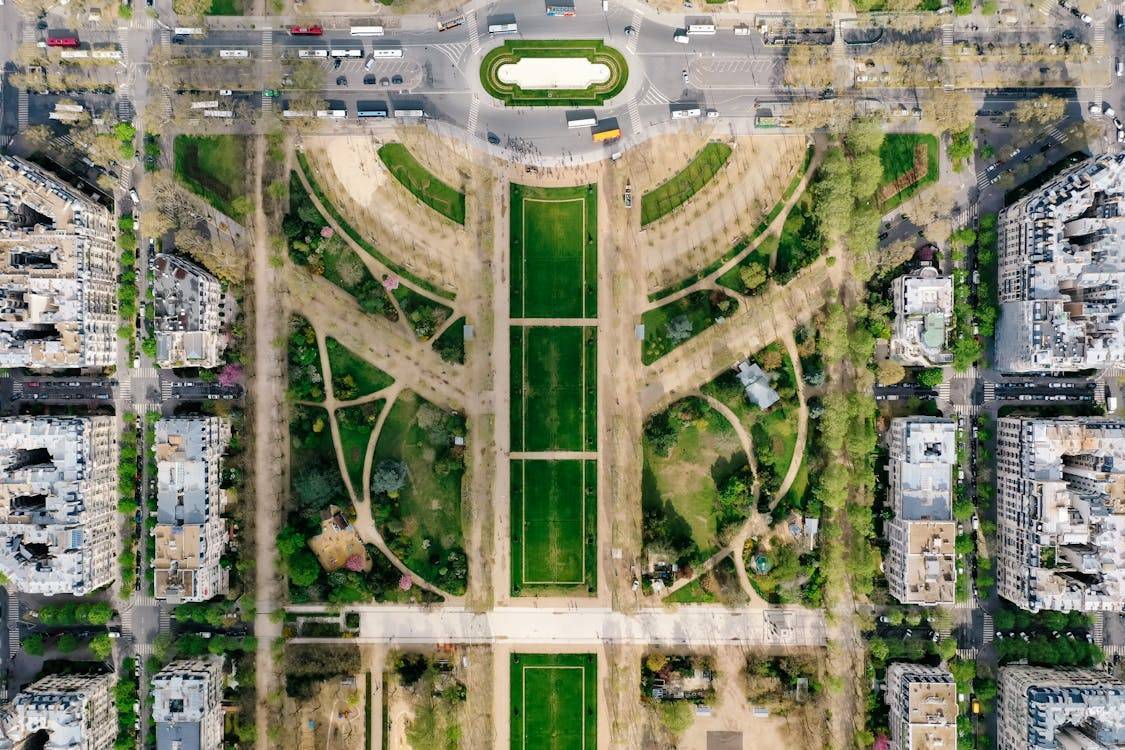

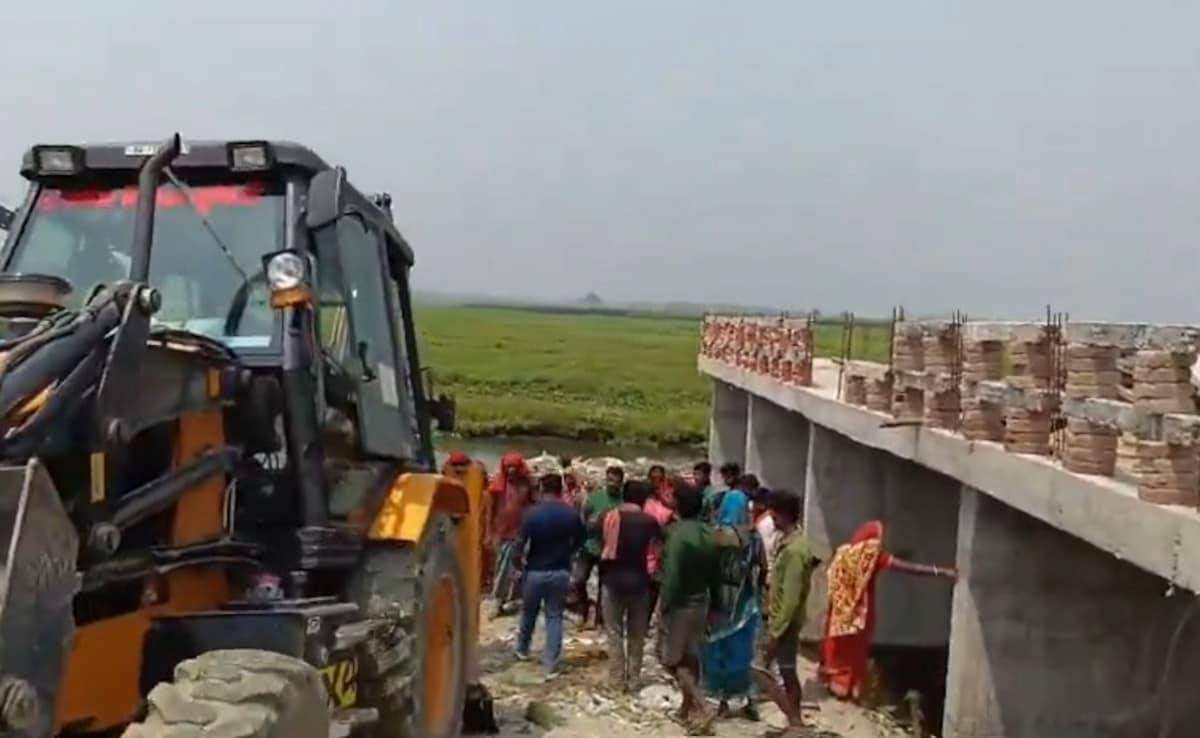
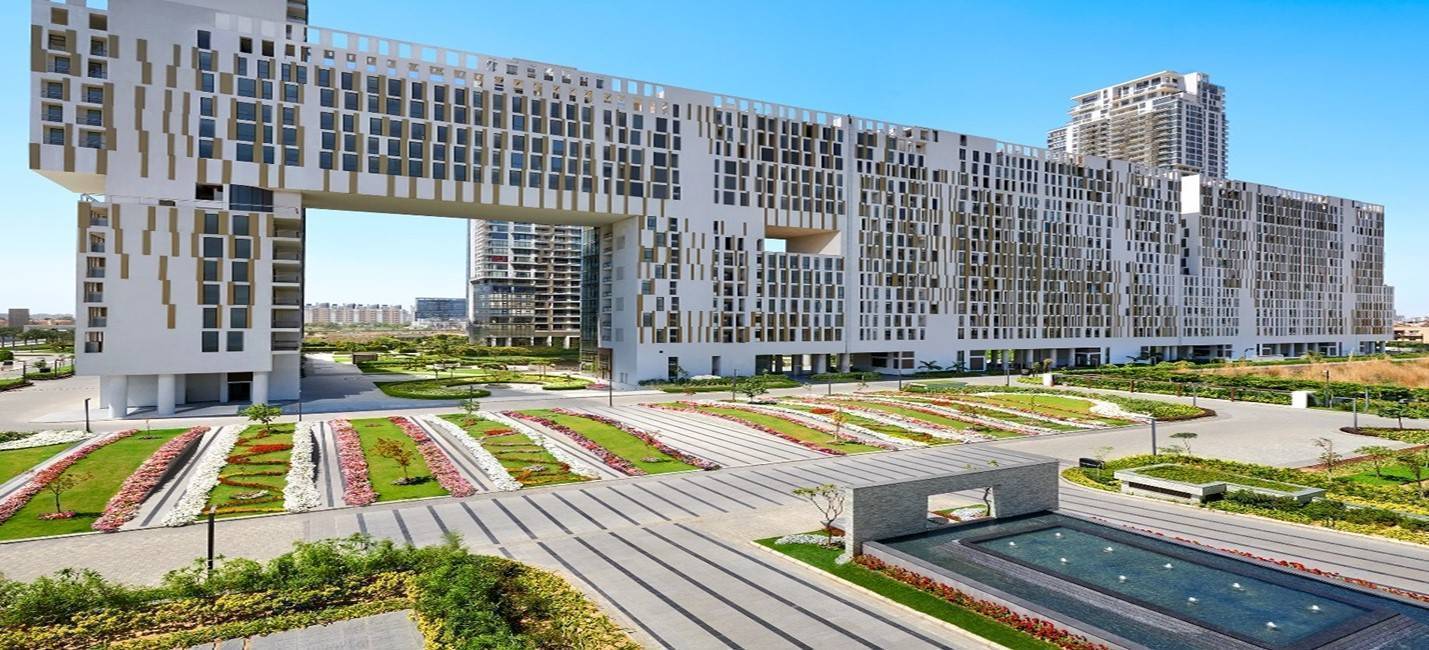
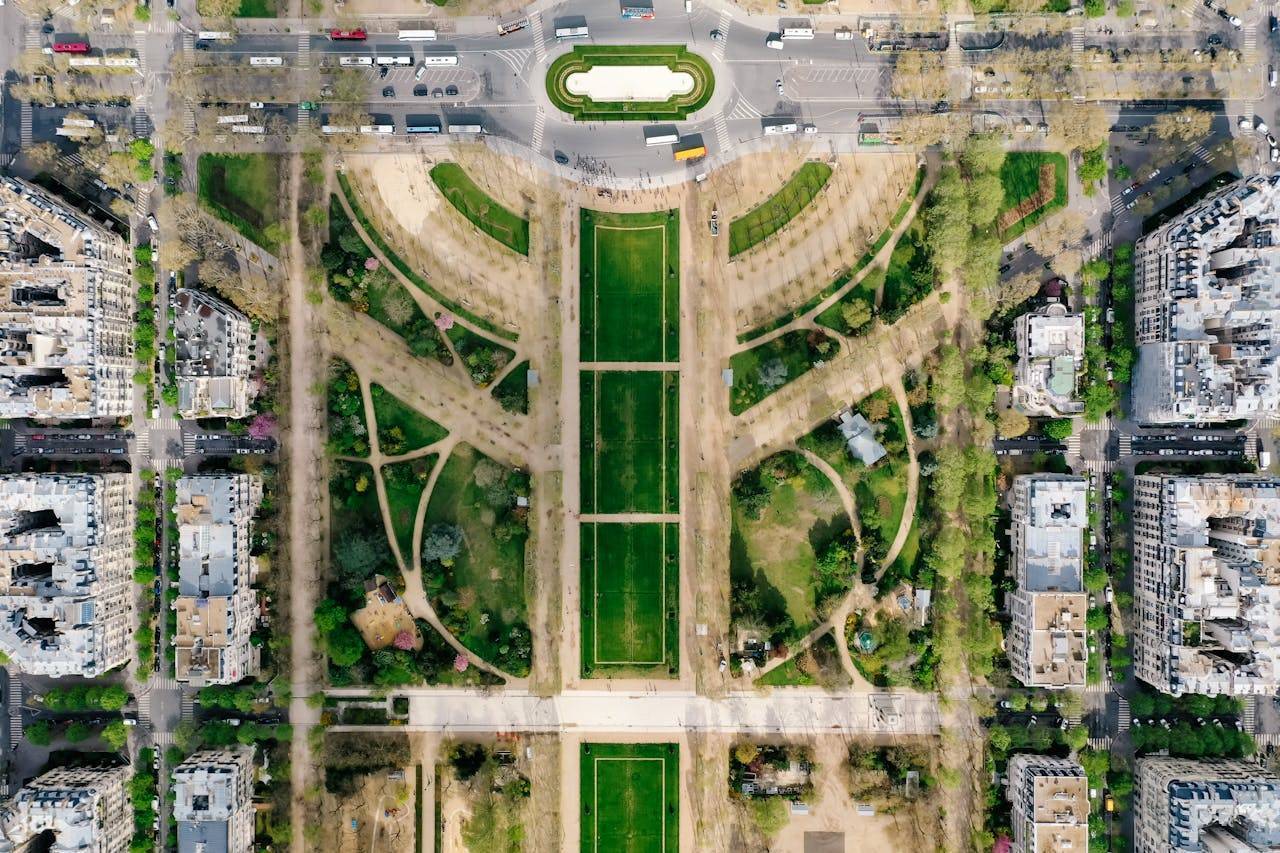


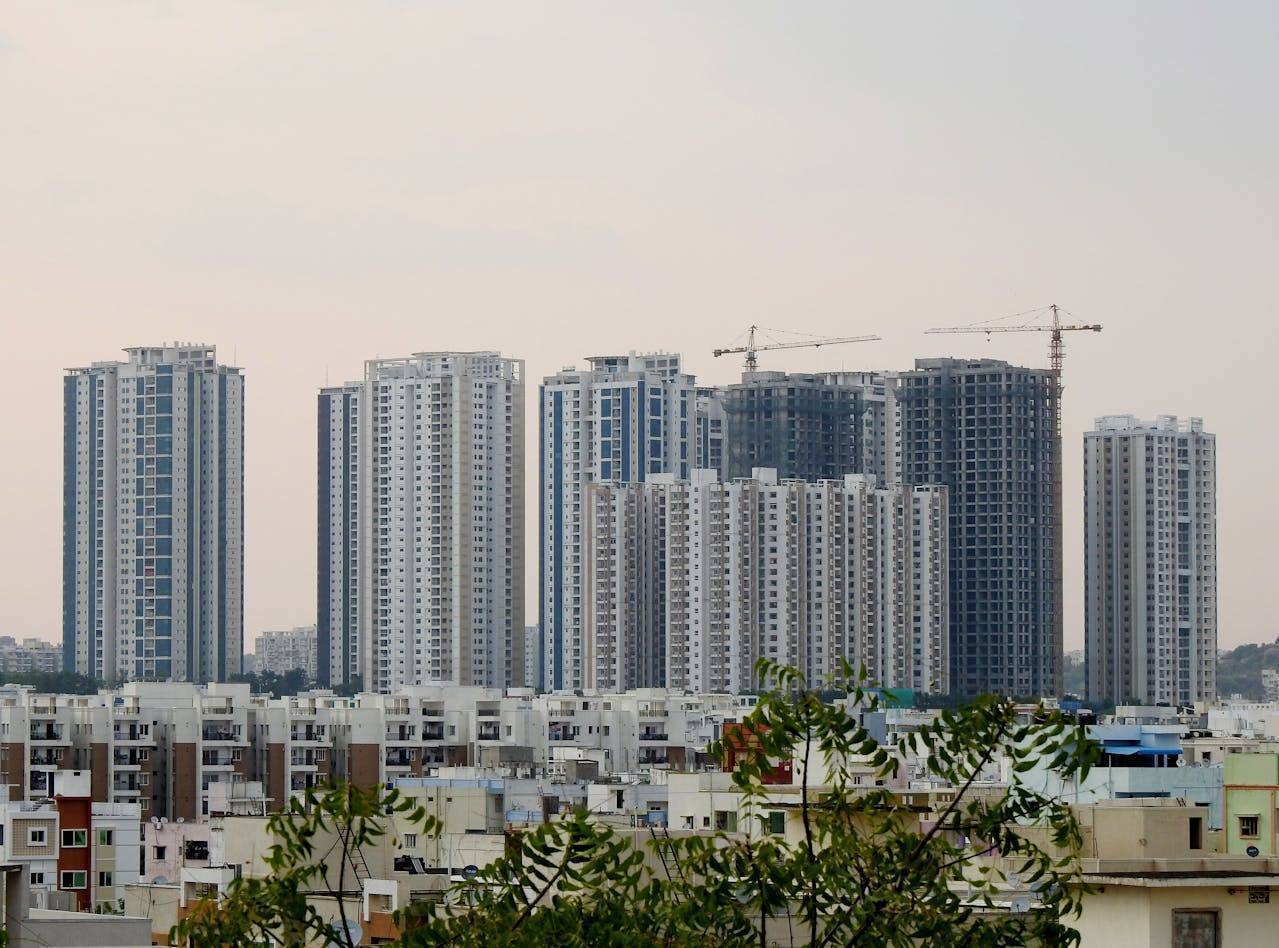
.png)